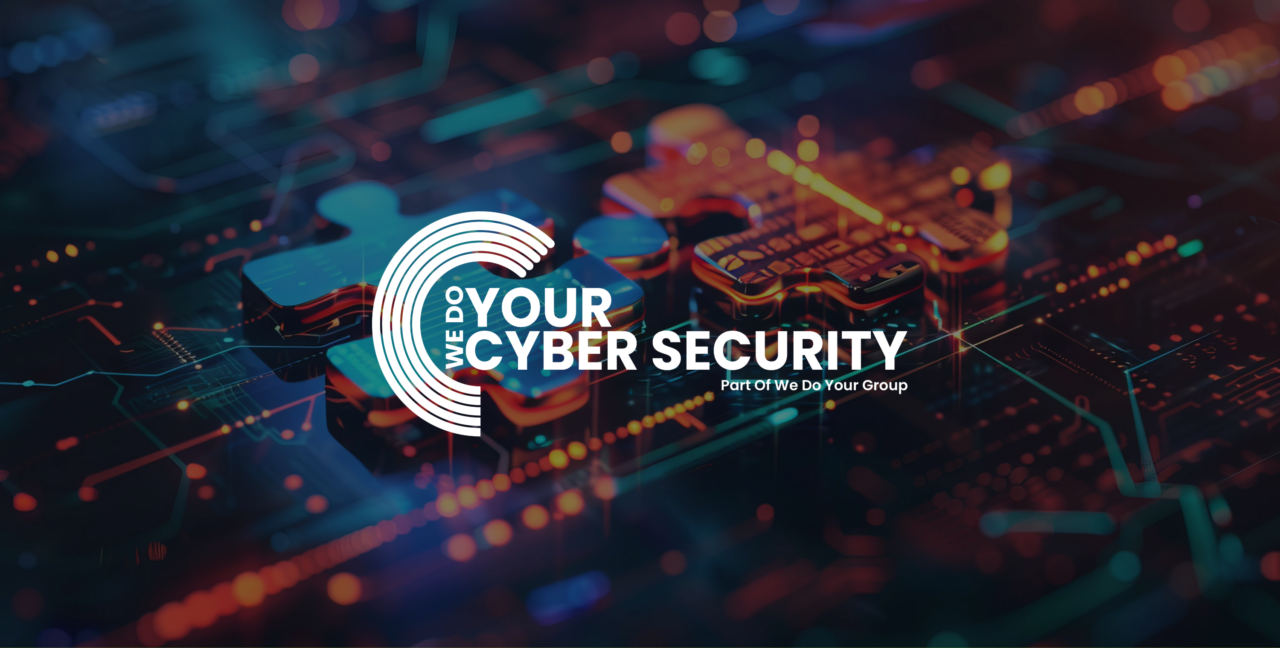

The chilling $25 million AI deepfake scam targeting Arup has unveiled a new dimension of cybercrime that businesses must urgently address. With artificial intelligence now capable of producing highly realistic video and audio forgeries, including mimicking one’s own voice, traditional methods of authentication are no longer sufficient. The Arup incident underscores the urgent need for UK businesses to adopt advanced cybersecurity measures, including AI-based detection tools and biometric verification. Moreover, continuous employee training and increased awareness can act as the first line of defence, equipping teams to identify and respond to emerging threats such as doorstep scams. The case also highlights the importance of collaboration between businesses, cybersecurity experts, and law enforcement to protect personal and financial details and build a robust defence against rapidly evolving digital fraud techniques. Businesses must act swiftly to safeguard against becoming the next victim in this escalating battle against cybercriminals.
In an era where cybercrime is becoming increasingly sophisticated, the growing threat of digital fraud is a pressing concern for UK businesses. The recent deepfake scam at Arup, which resulted in a staggering $25 million loss, serves as a stark reminder of the vulnerabilities that even technologically advanced companies face. Cybercriminals are now targeting personal or financial information through holiday scams and malicious websites. Traditional methods of authentication, once deemed sufficient, have been outpaced by the rapid advancements in AI technology used by cybercriminals. For instance, phishing websites designed to steal bank details are becoming more prevalent and harder to detect. This new breed of threats necessitates the urgent adoption of cutting-edge cybersecurity measures, including AI-based detection systems, biometric verification, and stringent identity checks. Alongside technological fortifications, regular training and awareness programs are crucial in preparing employees to recognize and counteract potential threats. Furthermore, businesses must foster a culture of collaboration with cybersecurity experts, law enforcement, and regulatory bodies to stay a step ahead of these digital fraudsters. Staying vigilant is not just an option; it is an imperative in protecting the integrity and financial security of UK businesses in this evolving landscape.
As cybercrime evolves, so too must the methods used to combat it. Traditional authentication methods such as emails and passwords have increasingly proven inadequate against the sophisticated tactics employed by modern cybercriminals. The recent $25 million deepfake scam at Arup, involving personal details and audio clips, has highlighted the urgent need for more advanced security measures. This scam, similar to scam emails and fraudulent bank transfer requests targeting unsuspecting victims, underscores the vulnerability of conventional methods. In this regard, biometrics and AI-based detection tools are at the forefront of this new wave of cybersecurity. By utilizing unique biological markers like fingerprints, facial recognition, and voice patterns, biometric verification offers a more robust shield against unauthorized access. Additionally, AI-based tools can detect anomalies and identify deepfake forgeries with greater precision, bolstering defences against digital fraud. As institutions, including Lloyds Bank, integrate these advanced technologies into their cybersecurity frameworks, they must also foster a culture of continuous learning and vigilance among employees to stay one step ahead of cyber threats.
In the battle against digital fraud and deepfake scams, employees are often the first line of defence. To prepare your team to recognise and thwart potential threats, it’s imperative to invest in comprehensive training and awareness programmes. Start by educating employees about the various forms of digital deception, including phishing emails, email scams, deepfake videos, and forged audio messages. Highlight the risk of malicious websites that can steal bank details and deceive users into divulging sensitive information. Use real-world examples, like the high-profile $25 million scam at Arup or how scammers mimic the voices of trusted individuals (own voice), to illustrate the severity and sophistication of these threats. Implement regular workshops and simulations to keep staff alert and updated on the latest scams, particularly those targeting energy companies. Establish clear protocols for verifying suspicious communications, emphasising the importance of using advanced methods such as biometric verification and AI-based detection tools. By fostering a culture of vigilance and continuous learning, businesses can fortify their defences and significantly reduce the risk of falling victim to digital deception. Don’t forget to report any incidents to Action Fraud to help combat cybercrime more effectively.
In the fight against the ever-evolving threat of cybercrime, collaboration emerges as a pivotal strategy. Businesses cannot rely solely on internal measures to protect personal and financial information from sophisticated digital frauds like deepfakes, as evidenced by the $25 million scam targeting Arup. Instead, a multi-faceted approach that includes the expertise of cybersecurity professionals and support from law enforcement is crucial. Scammers using deepfake technology can impersonate someone’s own voice in scam emails or cold calls, leading unsuspecting victims to divulge sensitive card details. TV licensing scams and other fraudulent emails lead to significant financial losses. By pooling resources and knowledge, businesses can stay ahead of cybercriminals through the implementation of advanced AI-based detection tools and biometric verification systems. Furthermore, regular communication and coordination with regulatory bodies ensure that companies are up-to-date with the latest security standards and practices. This collaborative effort not only strengthens defences but also fosters an ecosystem of resilience and readiness, substantially reducing the risk of falling prey to increasingly sophisticated cyber threats.
The alarming $25 million deepfake scam at Arup is a striking example that no industry is immune to the evolving threats posed by cybercriminals. Despite having advanced technological infrastructure and robust security protocols, Arup fell victim to a meticulously executed email scam. This incident underscores a critical reality: the sophistication of cyber attackers often outpaces the defensive measures of even the most tech-savvy companies. Advanced AI and deepfake technology have empowered criminals to create convincing forgeries that can deceive both digital systems and human vigilance. The significant increase in phishing emails, scam emails, cold callers, and deceptive text messages highlights the need for businesses to protect personal and financial information. These scams also target WhatsApp users. As such, businesses must recognize that technological prowess alone is not sufficient; a multi-faceted approach incorporating cutting-edge security frameworks, regular employee training, and proactive collaboration with cybersecurity experts and law enforcement is essential in fortifying defences against such deceptive and damaging attacks.
Neglecting cybersecurity can lead to significant financial losses and irreparable damage to a company’s reputation. The $25 million deepfake scam at Arup, involving sophisticated deepfake technology and audio clips, serves as a stark reminder of the substantial economic impact such breaches can have, even on technologically advanced firms. Holiday scams, phishing emails, and fraudulent text messages are common tactics used by scammers to exploit vulnerabilities, as seen in the case of Lloyds Bank. Beyond the immediate financial ramifications, businesses also face long-term reputational harm, which can erode customer trust and stakeholder confidence. Once a company’s security is compromised, it not only deals with money losses but also grapples with the challenge of restoring its credibility in the market. Regulatory penalties and legal fees further compound the financial burden, while the damage to brand reputation often leads to a loss in client base and market share. Therefore, prioritizing robust cybersecurity measures, such as enhancing website security, and fostering a culture of vigilance is not just a technical necessity but a strategic imperative. Here are some top tips: educate employees, use advanced security software, and regularly update all systems to safeguard both financial stability and brand integrity.
While high-profile cases like the $25 million deepfake scam at Arup capture substantial media attention, many scammers employ a variety of covert techniques to execute their fraudulent schemes. These lesser-known methods often operate under the radar, making them even more insidious. For instance, cybercriminals may use sophisticated social engineering tactics to gather personal information, which can then be used to create highly convincing scam emails, text messages, or videos. Additionally, they often exploit flaws in automated systems, taking advantage of AI’s limitations to manipulate verification processes and trick consumers into paying money. Another tactic involves leveraging advanced malware to gain access to sensitive data and communications, enabling them to fabricate more credible scams. By understanding these nuanced approaches, businesses can better prepare and adapt their security measures to detect and counteract these evolving threats. Therefore, a proactive and comprehensive strategy that goes beyond known vulnerabilities is essential in safeguarding against the multifaceted tactics employed by modern-day cybercriminals. If you suspect you’ve been scammed, it is crucial to report the incident to Action Fraud and your bank, and check the official website for guidance on how to protect yourself online.
Government regulations play a crucial role in the fight against digital deception, providing a framework that helps UK businesses navigate the complexities of cybersecurity. In recent years, the UK government has introduced several regulatory measures aimed at bolstering cybersecurity across various industries. These include compliance standards such as the General Data Protection Regulation (GDPR), which mandates strict data protection protocols, and the Cyber Essentials scheme, designed to help organisations protect themselves against common cyber threats like scam emails, fraudulent text messages, and malicious audio clips. By adhering to these regulations, businesses not only safeguard their data but also build a resilient defence against sophisticated frauds like deepfake scams. Furthermore, government initiatives often include collaboration with cybersecurity experts, law enforcement agencies, and services like Action Fraud. This enhances resource pooling and intelligence sharing, making it easier to identify and report scammers and fraudsters who continuously evolve their tactics. Scammers often pose as legitimate persons, claiming to be from trusted organisations in order to trick their targets. Hence, staying abreast of government regulations and actively participating in compliance efforts is not just a legal obligation but a strategic necessity for UK businesses. This proactive approach is essential to protect themselves from the financial and reputational damages associated with digital deception.

This website uses cookies to improve your experience. Choose what you're happy with.
Required for the site to function and can't be switched off.
Help us improve the website. Turn on if you agree.
Used for ads and personalisation. Turn on if you agree.
This website uses cookies to improve your experience. Choose what you're happy with.
Required for the site to function and can't be switched off.
Help us improve the website. Turn on if you agree.
Used for ads and personalisation. Turn on if you agree.